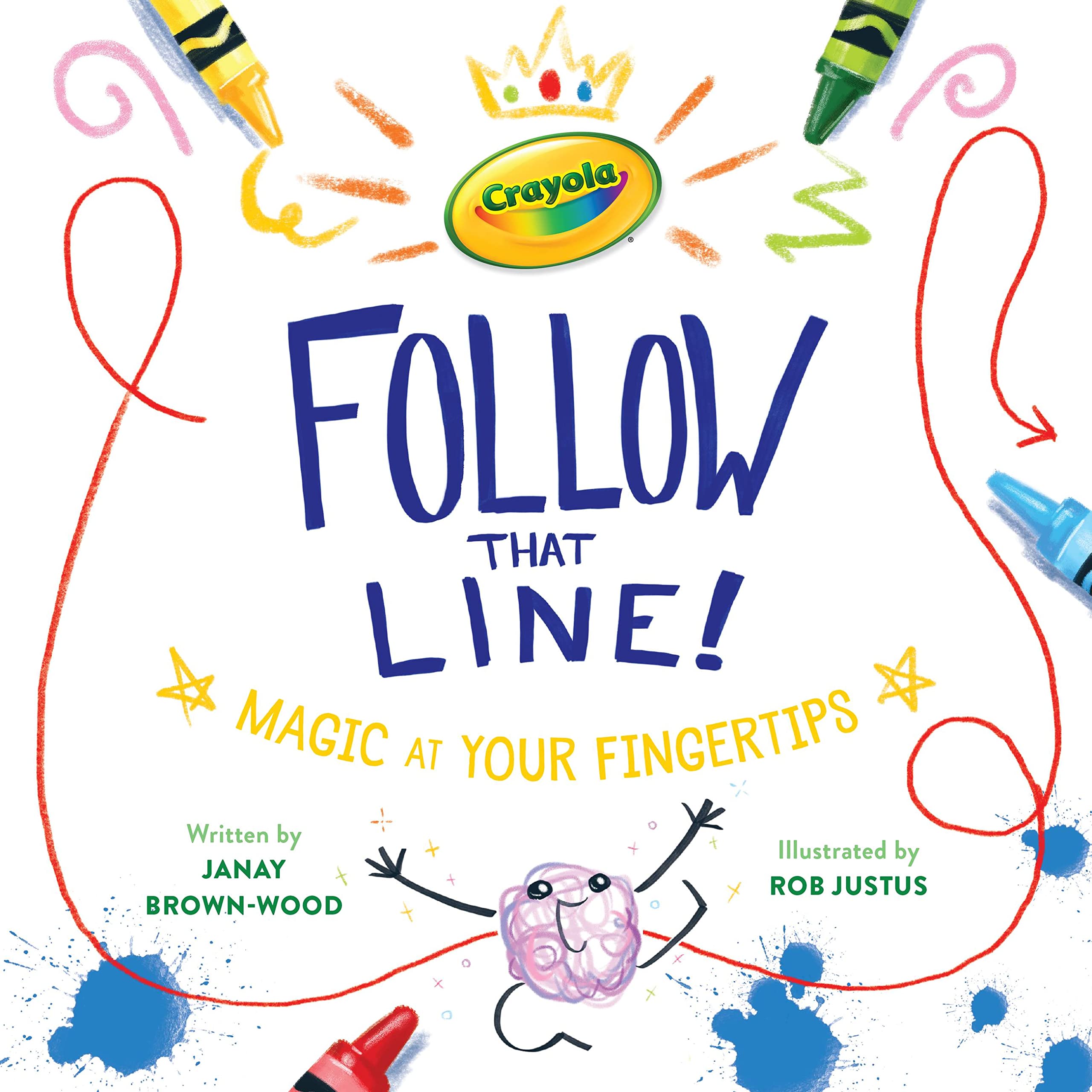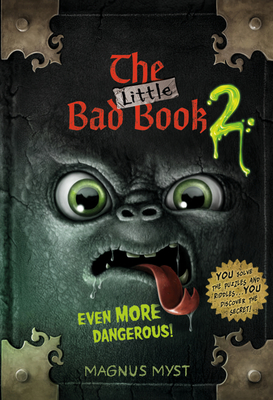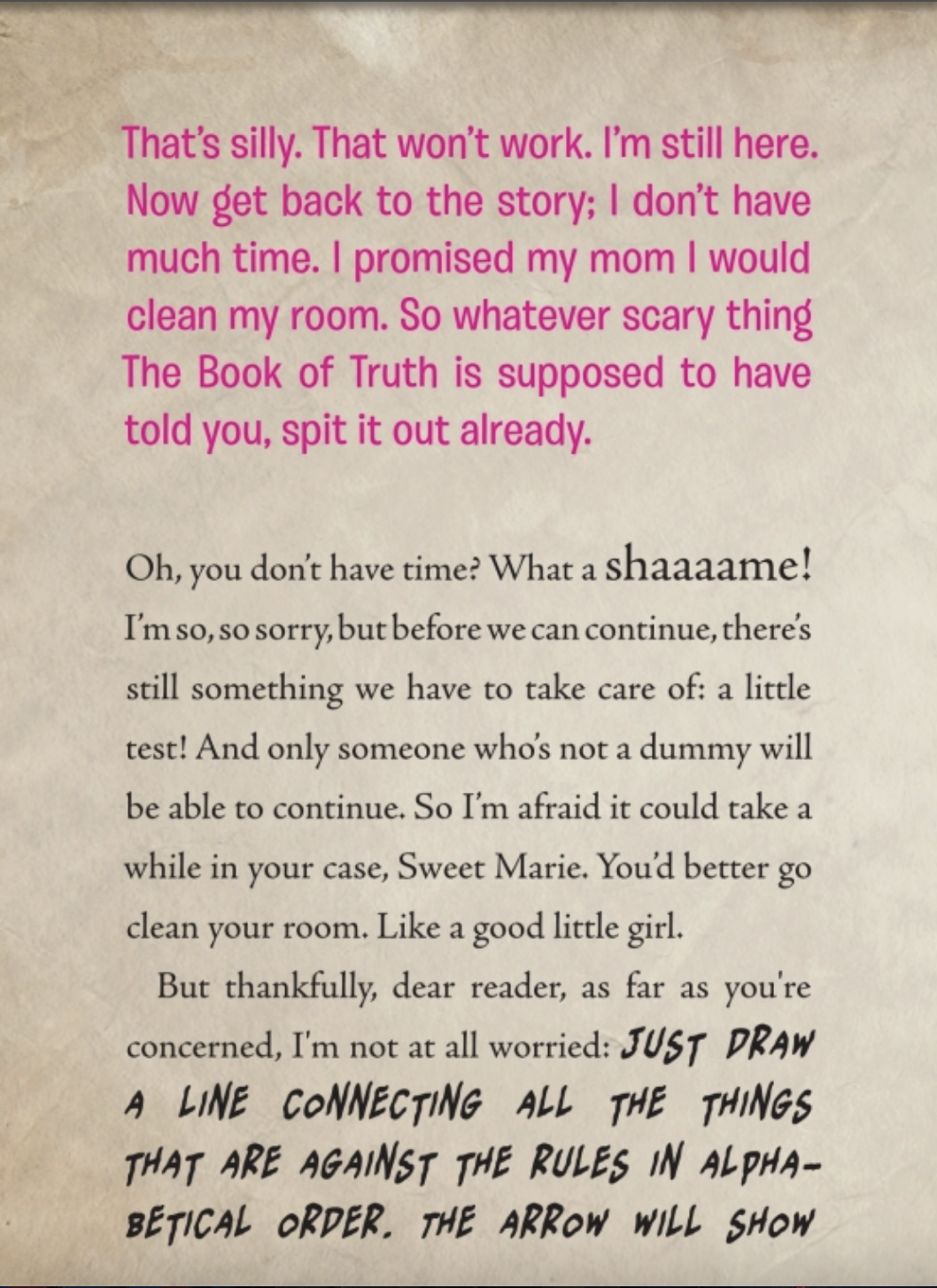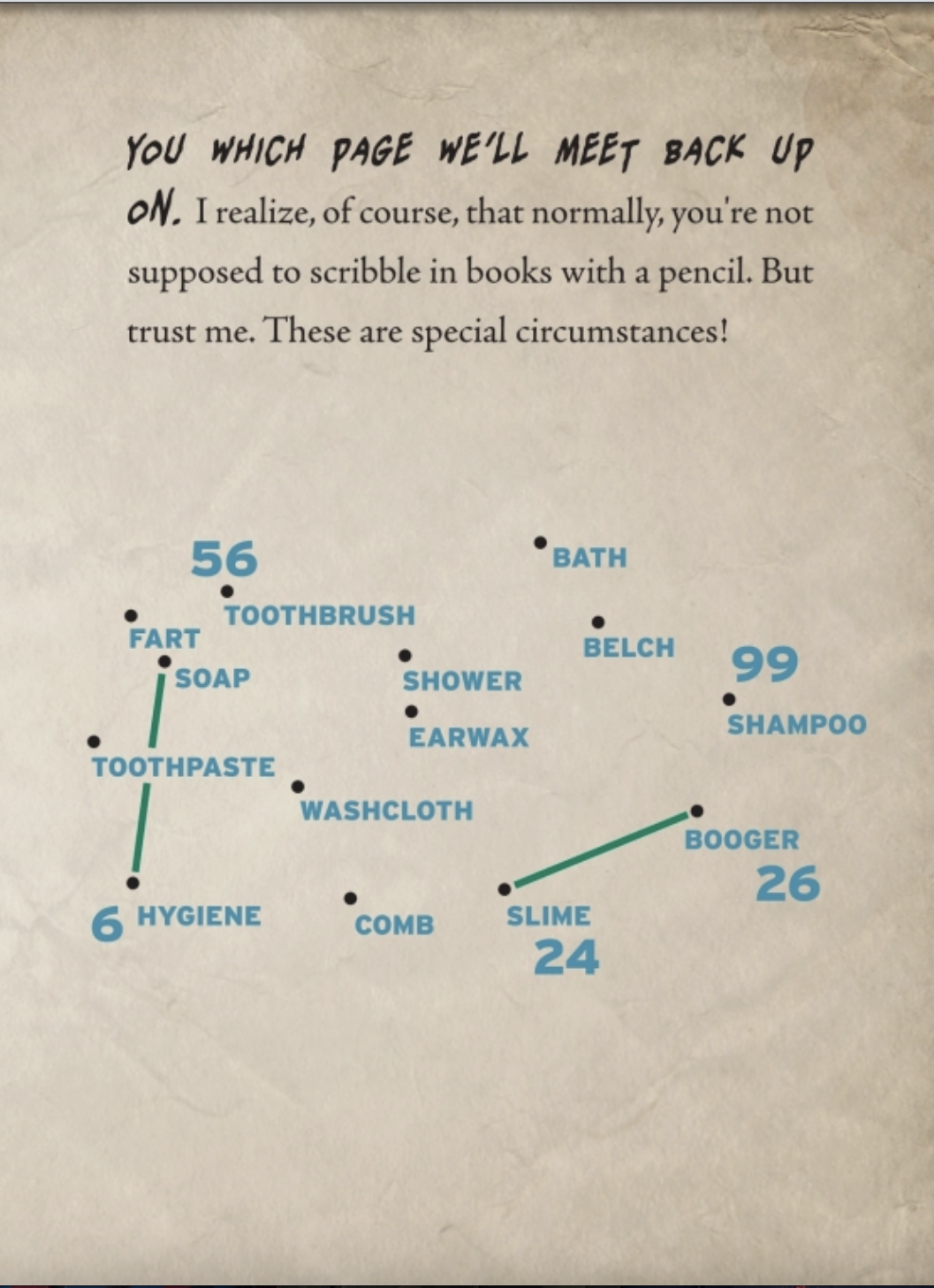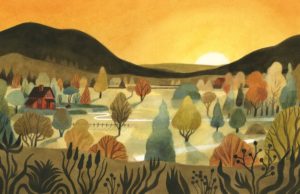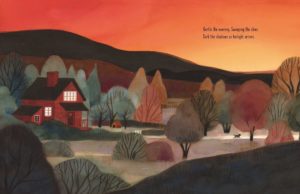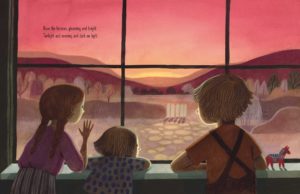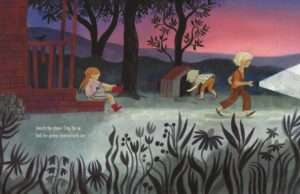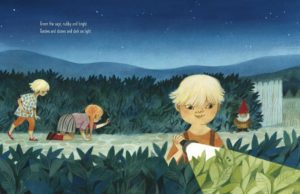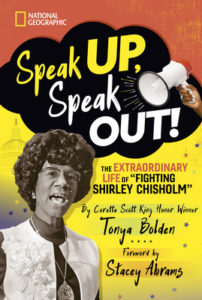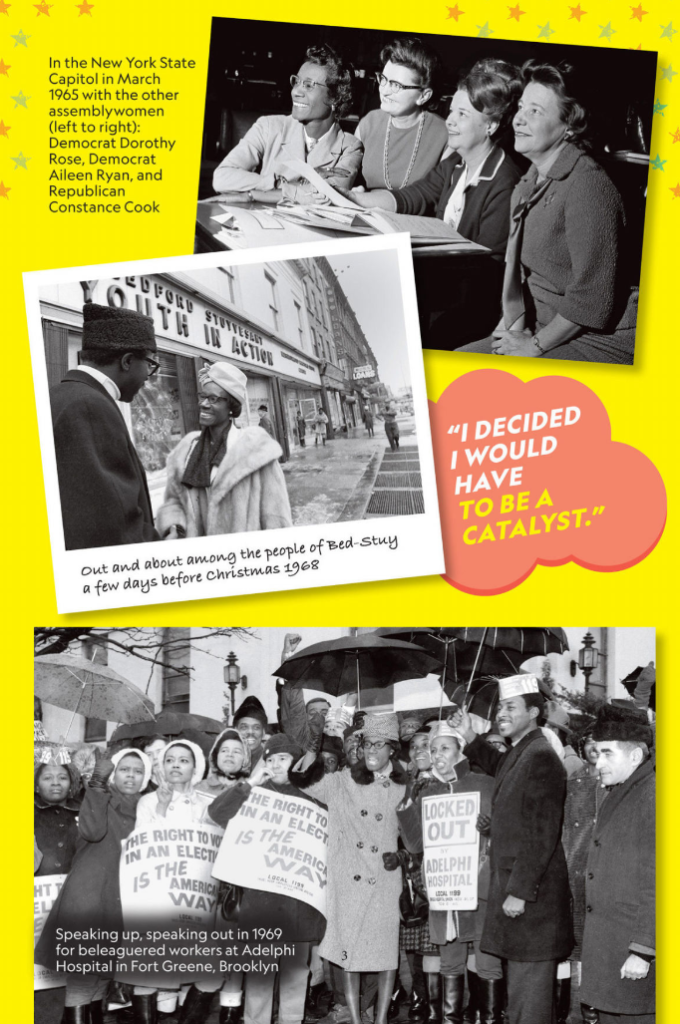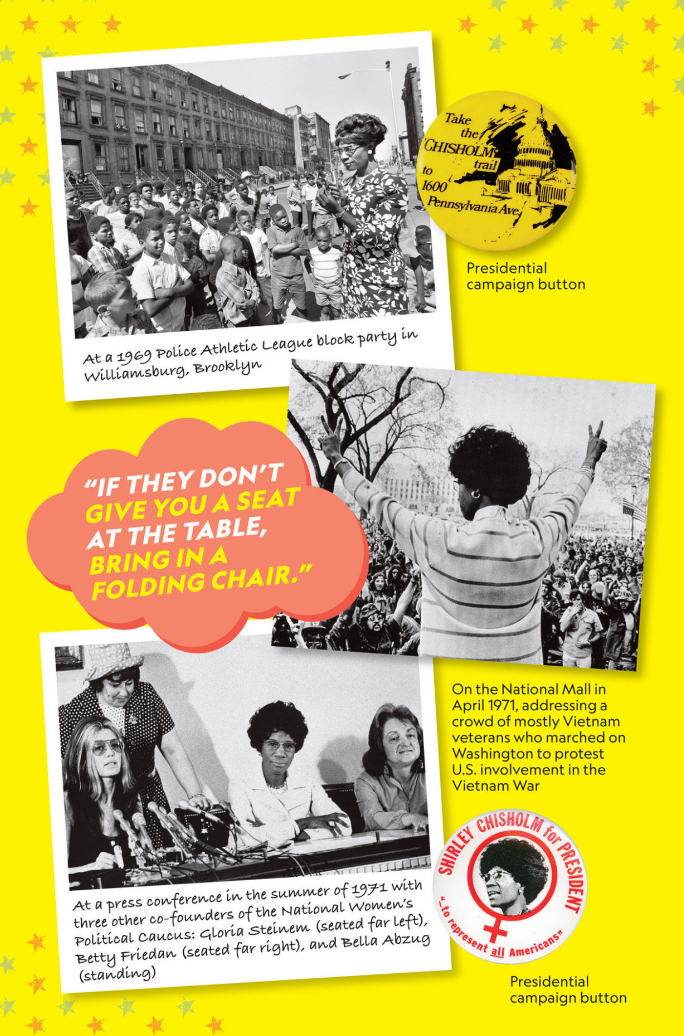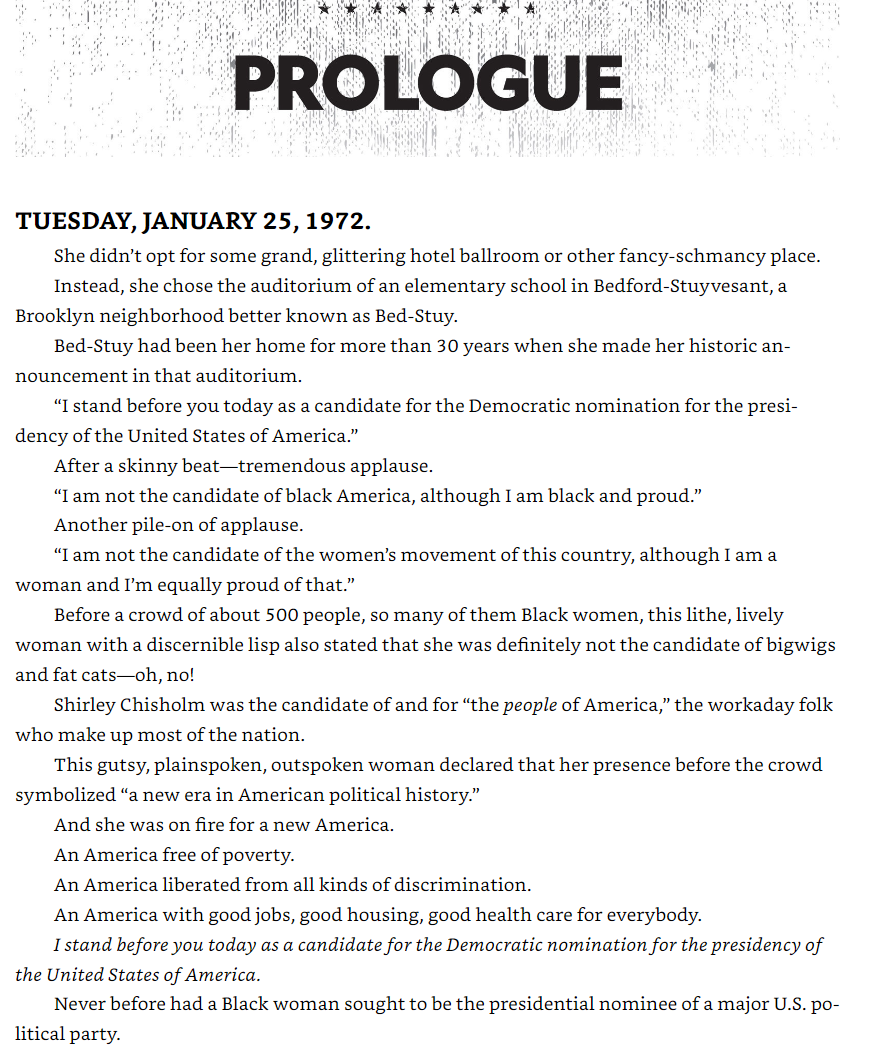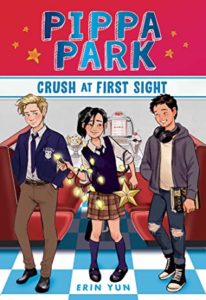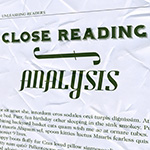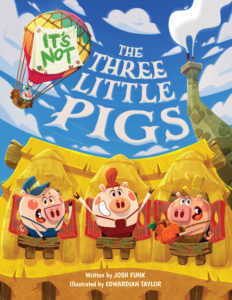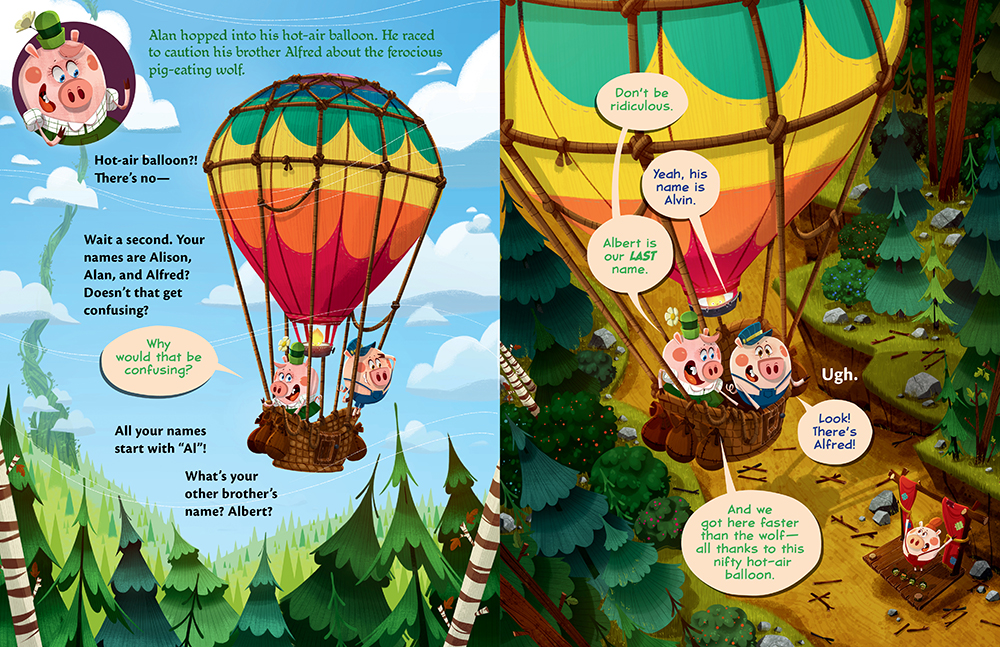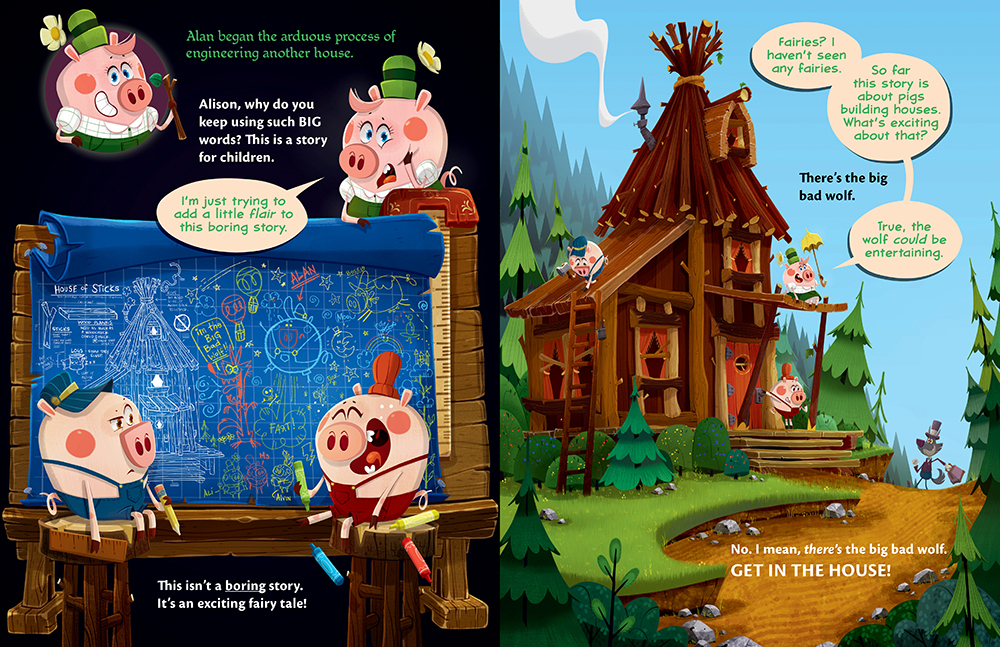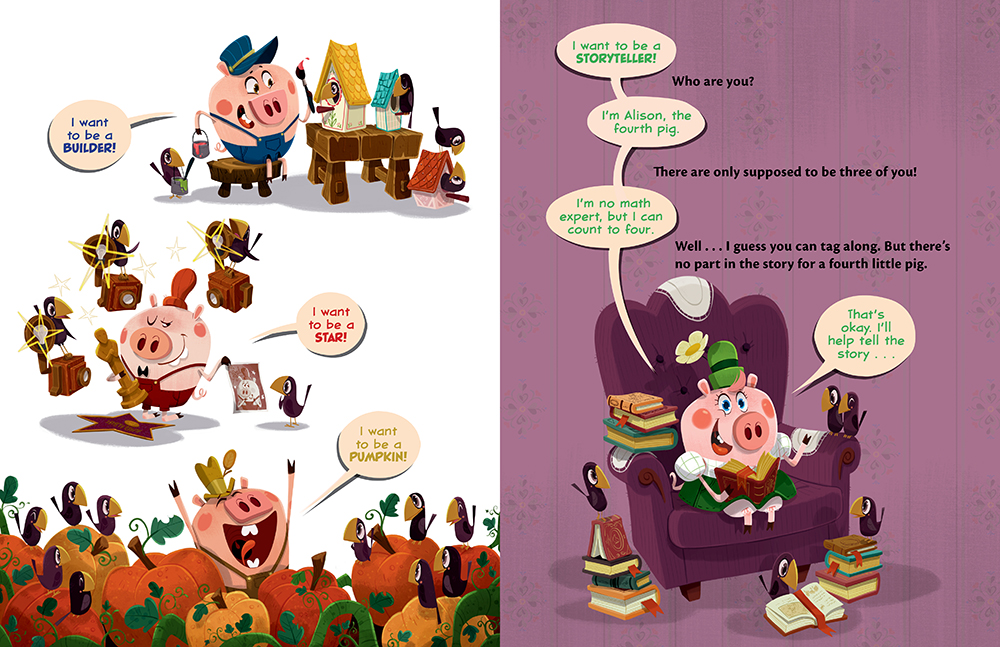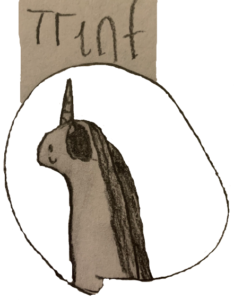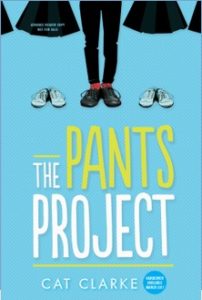
The Pants Project
Author: Cat Clarke
Published March 1, 2017 by Sourcebooks Young Readers
Summary: A touching, humorous story of strong-willed eleven-year-old Liv, who is determined to challenge his school’s terrible dress code and change his life. Inspire empathy and compassion (and a few laughs!) in young readers with this stunning middle-grade novel.
Here’s the thing:
I may seem like a girl, but on the inside, I’m a boy.
“My name is Liv (Not Olivia)… I’m not technically a girl. I’m transgender. Which is a bit like being a Transformer. Only not quite as cool because I probably won’t get to save the world one day.”
Liv knows he was always meant to be a boy, but with his new school’s terrible dress code, he can’t even wear pants. Only skirts.
Whoever wrote the uniform policy decided (whyyy?) that girls had to wear skirts, while boys were allowed to wear pants.
Sexist. Dumb. Unfair.
“Girls must wear a black, pleated, knee-length skirt.”
I bet I read those words a hundred times during summer vacation. The problem wasn’t the last word in that sentence. Skirt wasn’t really the issue, not for me.
The issue was the first word. Girls.
Operation: Pants Project begins! The only way for Liv to get what he wants is to go after it himself. But to Liv, this isn’t just a mission to change the policy—it’s a mission to change his life. And that’s a pretty big deal.
Review: This book is a book about identity, but not completely about Liv’s gender identity. It is also about identity within a school, within a friend group, and within the greater system we are all in. With all of these identity journeys happening at once in the book, there is a lot of figurative bumps and bruises along the way in the form of losing friends, homophobic bullies, people stuck in their ways, and sexism; however, there is also some wonderful positives: a better friend who loves Live for who he is, no matter what; a family that is supportive and an example of what all families should be; teachers who are seen as allies within a system that not many are seen; and finding friends that feel like family.
On top of the identity journey, there is also the story of The Pants Project which showed Liv and other students fight a sexist part of their school’s system and doing it the right way.
All in all, it was a pleasure to read about Liv’s time starting middle school and all of the change he is able to make.
Teachers’ Tools for Navigation: This book tackles a healthy and practical way that students can make a difference. This book would be a great conversation about how to make a change that you want to see in a way that isn’t confrontational in a dangerous way.
The book will also find readers in school, classroom, and public libraries and book clubs!
Discussion Questions:
- How is what Liv did to change his school’s policies go well? Not well?
- How is Jacob a better friend than Maisie?
- How were Liv’s parents supportive yet also tough on Liv?
- Why do you think Jade acts and says the things she does? What do you think her consequences should be?
- Do you agree how the news article was written? How would you have written the article?
- Why did Mr. Lynch act the way he did during the protest? How do you think he wanted to act?
- How would you feel if your dress code was as strict as Liv’s?
- How was Liv’s first impression of Jacob wrong?
- Did Jacob’s secret surprise you? What clues did you see? Why do you think he hid it?
Flagged Passages: “‘Hi, I’m Liv. What’s your name?’
The boy looked up at me, blinking slowly. He narrowed his eyes, acting as if I’d asked a really tough question. ‘Jacob. What kind of name is Liv anyways?’
I disliked him immediately. He was obviously one of those boys. The popular ones. His dark brown hair was messy, but not properly messy. It was the kind of messy that requires a lot of time spent in front of the mirror and loads of hair gunk. He was slouched in his seat, perfectly at ease, like there was no where he’d rather be. Whenever I sat that way at Gram’s house, she always told me to ‘sit up properly-like a lady.’ You can probably guess how much I enjoyed that.
The only thing that gave me a glimmer of hope about Jacob was his eyes. They didn’t seem to be the eyes of a terrible person. There was kindness lurking there under the smirk.
I sat down next to him and shoved his leg so it was under his half of the table. Why do real boys always take up so much space? I mentally kicked myself. I don’t know when I’d started thinking of them as ‘real’ boys. I knew it was wrong; I wasn’t Pinnochio. I was as much a real boy as Jacob–even if no one else could see it yet.
‘It’s my kind of name.'” (Chapter 4)
Read This If You Love: Melissa by Alex Gino, Linked by Gordon Korman, Property of the Rebel Librarian by Allison Varnes, Haven Jacobs Saves the Planet by Barbara Dee, Gracefully Grayson by Ami Polonsky
Recommended For:
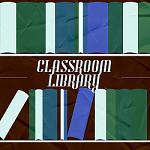
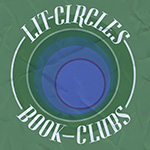

**Thank you to Sourcebooks for providing a copy for review!**
